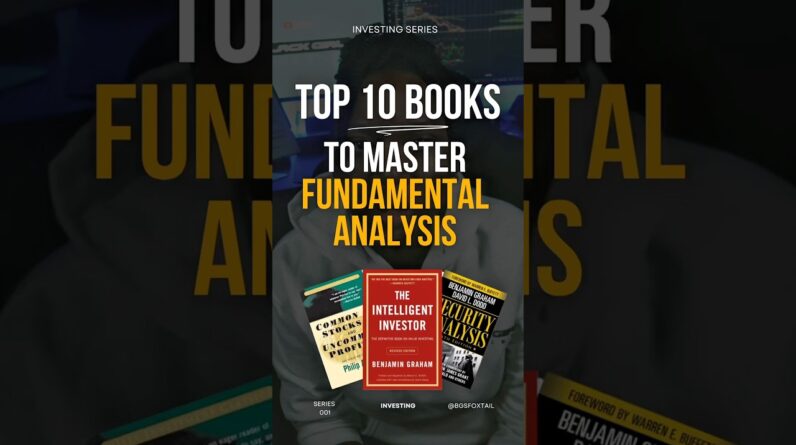
Here is how the wheel works: It is set up to earn profits on long stock, receive quarterly dividends, and sell short puts and calls. The idea is that profits are earned from every possible source, without the risks involved in doing any one of these positions alone.
The first step is to buy stock. For illustration purposes, assume 100 shares are bought and all subsequent option trades will involve single options. The wheel calls for a trader not to buy stock outright, but to sell a put, allow it to be exercised, and then pick up shares of stock as a result. The flaw in this approach is that exercise will put stock to the trader below current value. Exercise occurs only when the current price per share is lower than the put’s strike. The wheel starts out with a paper loss on the stock, which is equal to the difference between price and strike, minus premium received when selling the put.
Even at this first step, traders need to also be aware of the need for cash in the margin account to provide required collateral for the short put. The longer the time until exercise, the longer that collateral musty be left in the account. Alternatively, the puts can be cash secured. This allows the trader to begin the wheel without needing to trade in the margin account.
Next, assuming exercise take place, traders must have enough cash on hand to pay for the 100 shares of stock put to them. Now the put is dissolved, and the trader owns 100 shares. The trader now sells a covered call against long stock. Because the starting position will be at a loss, it is crucial to ensure that the premium of the call offsets the loss on stock (difference between strike and price, minus put premium). On a practical level, even if it is possible to create a net overall advantage at this point, it will be minimal. There is also the very real possibility that it will not be possible to find a strike and premium to justify this step. It could sound good in theory, but not be practical.
Even if it is possible to create a small profit at this point, is it worth the exposure? It all depends on the dollar value of profit, time to expiration, and how time value works. Premium will be minimal because the call’s strike should be higher than the cost of stock, to set up a capital gain later, versus suffering a net capital loss.
Exercise of the covered call is the final step in the wheel trade. However, it also assumes a dividend will be earned during this period. One danger here is that a dividend capture strategy could be used to call away the long stock before ex-dividend date, so that the trader is unable to complete this phase of the wheel trade. When looking at the combined profit from short put, short call, and stock (possibly called away at a loss), the wheel trade presents difficulties. Despite what many traders will read online about the ideal nature of the wheel trade, it is not always a solution, and it will not always result in a net profit.
The selection of the most advantageous short puts, long stock, and covered calls determines whether the wheel trades works or just takes up effort without yielding a profit. Traders will want higher than average dividend stocks for this approach, but the higher the quarterly dividend, the greater the chances of stock being called away before quarterly dividends can be earned. Even if this risk is accepted, timing matters. Traders must ensure that a quarterly dividend will be earned during the period prior to expiration of a covered call.
Complicating matters even more, if an earnings announcement will be scheduled during the holding period, a significant surprise could decimate any profit potential, if the surprise is large and the underlying price moves significantly as a result. Having a short put called away because share price dropped substantially could be a financial disaster for anyone entering a wheel trade.
With these significant risks in mind, the wheel trade might make the most sense when using weekly options, versus the other extreme of LEAPS positions. However, premium will be much lower for shorter-term options than for those of one month or more. A trade-off must be made between premium levels and exposure time.
Entering a series of covered calls could make the wheel profitable. However, it is probably a greater advantage to buy shares and sell OTM calls expiring weekly. In this way, the paper loss resulting from the initial exercise of a short put is no longer at issue. Traders need to evaluate the value of the short put, versus paper loss in shares of stock, and this often means the wheel does not make as much sense as buying stock and writing calls week after week.
When the wheel is evaluated on a practical level, its drawbacks are clear. There is little to no advantage in exposing positions with the initial short put, and the possible risks involved could be daunting. Alternative strategies may include a covered call, a long or short synthetic stock strategy, or a short put. All of these are easier to manage than the wheel and are more likely to yield profits.
The wheel initially appears to offer advantages at every phase, with profits from short puts, short calls, dividends, and long stock. Realistically, the wheel is just a gimmick that is difficult to manage and at best, will yield small profits or even net losses.
Michael C. Thomsett is a widely published author with over 80 business and investing books, including the best-selling Getting Started in Options, coming out in its 10th edition later this year. He also wrote the recently released The Mathematics of Options. Thomsett is a frequent speaker at trade shows and blogs on his website at Thomsett Publishing as well as on Seeking Alpha, LinkedIn, Twitter and Facebook.
Related articles
- Uncovering The Covered Call
- Selling Naked Put Options
- The Naked Put, A Low-Risk Strategy
- Covered Calls –Does Rolling Forward Mean Higher Risk?
- Leverage With A Poor Man’s Covered Call
- Selling Puts: The Good, The Bad And The Ugly
- 2 Tweaks To Covered Calls And Naked Calls
- Dangers Of The Covered Call
- Naked Options: Redefining High Risk
- Are Covered Calls a ‘Sure Thing?’
Original source: https://steadyoptions.com/articles/the-wheel-trade-r632/


